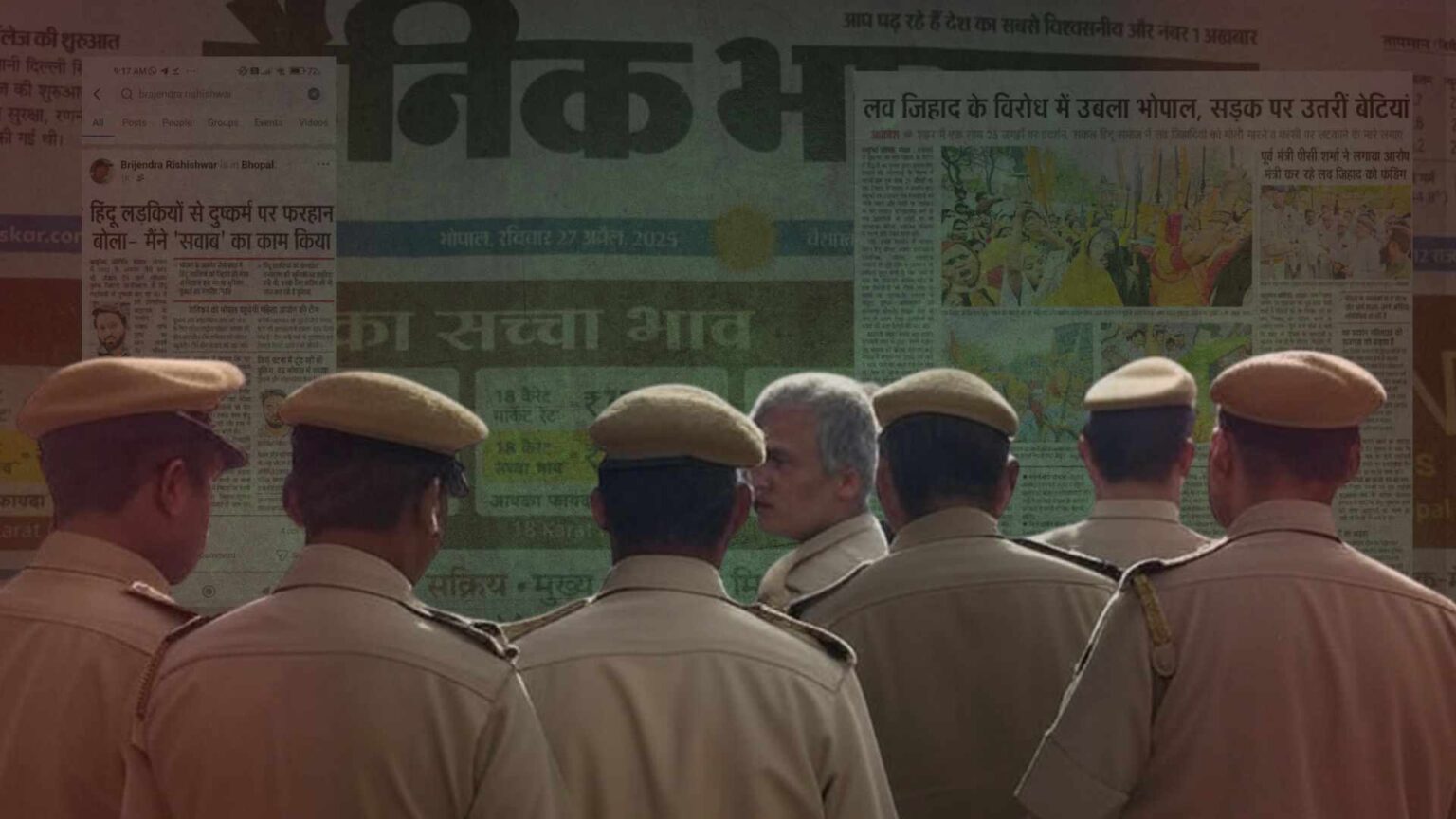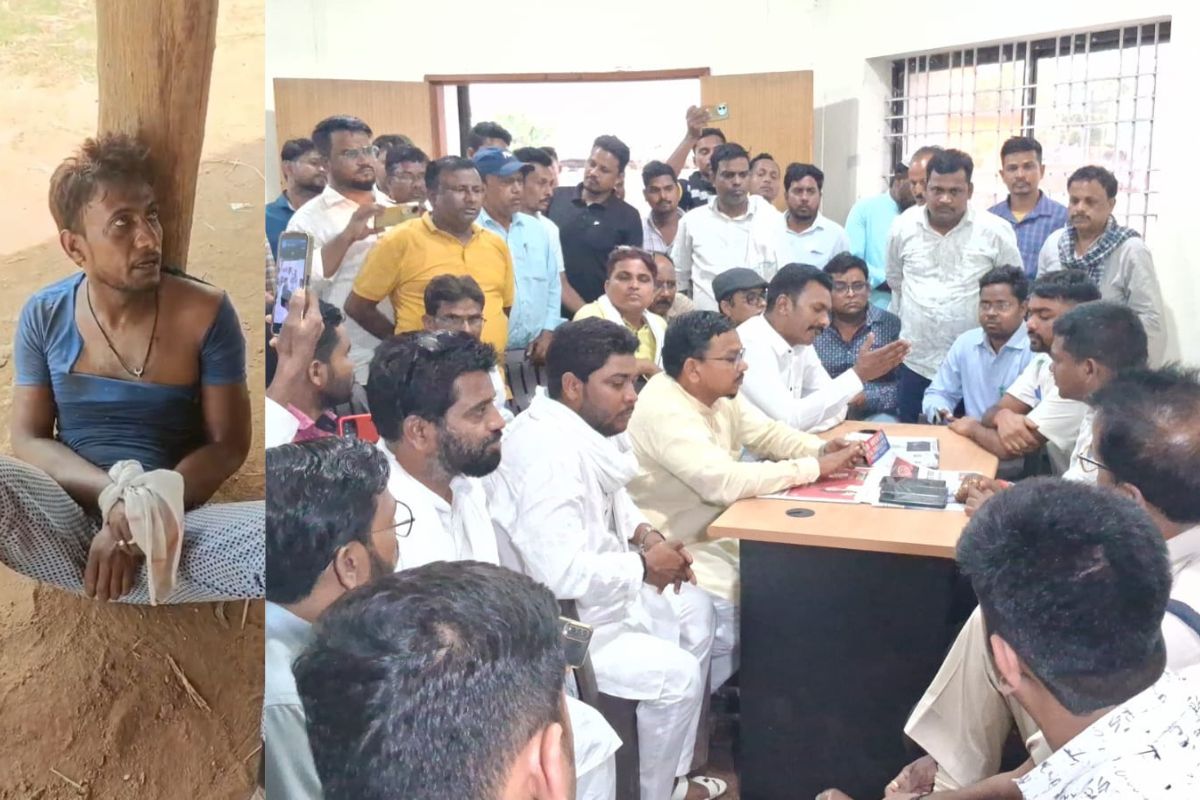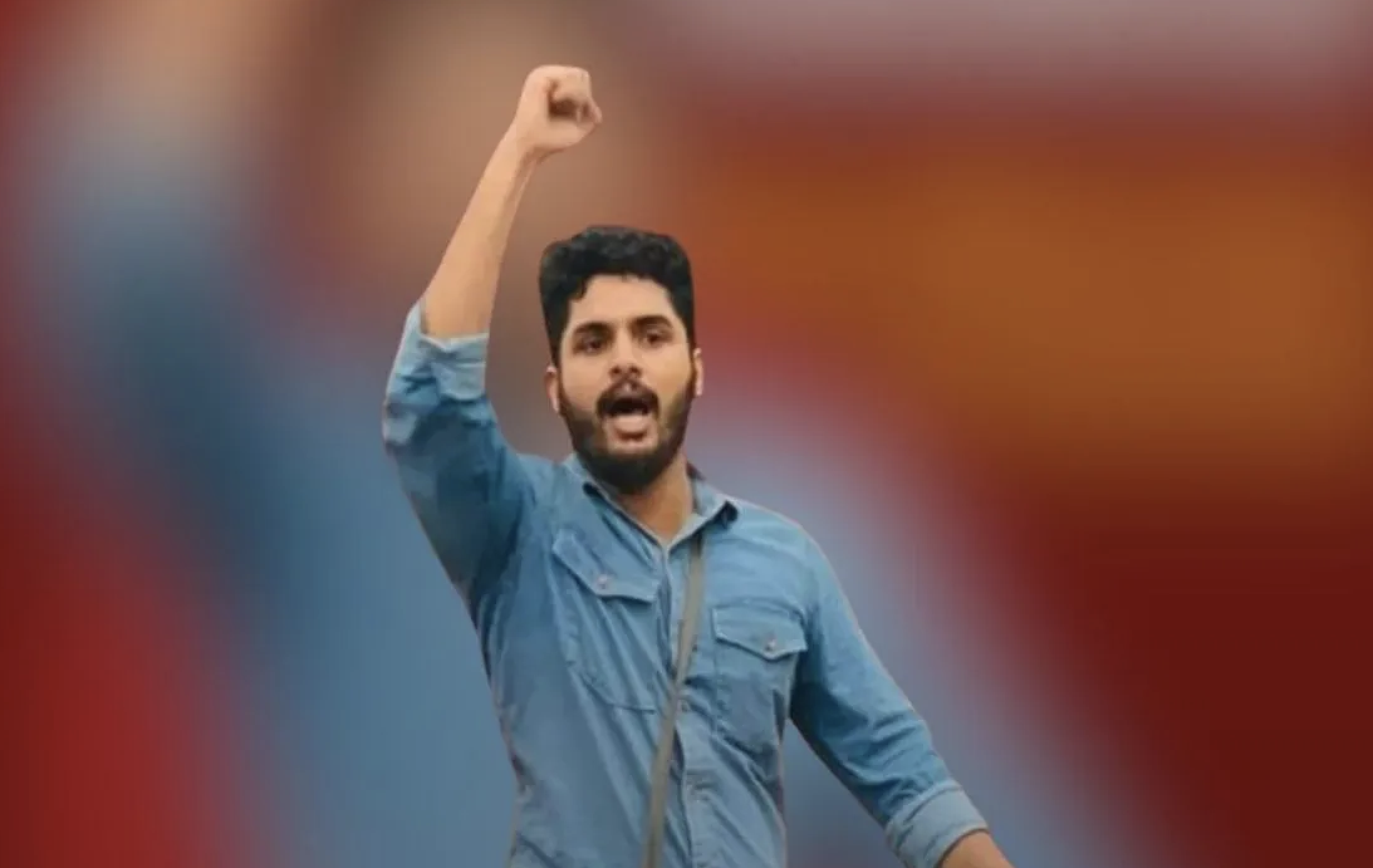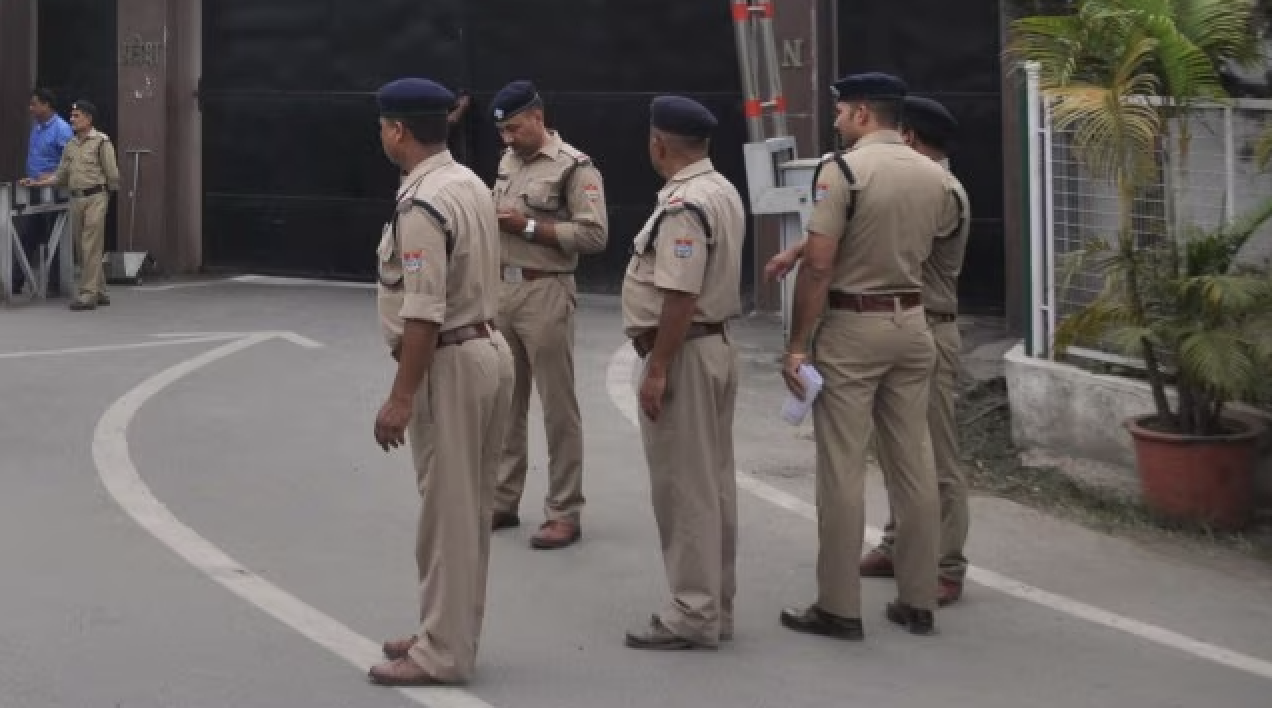After an emphatic electoral victory in May, Indian Prime Minister Narendra Modi faces important challenges in his second term. Growth has slowed to a five-year low, with Modi’s own former top economic advisor publishing research in June that showed India’s GDP growth was likely overestimated by 2.5 percentage points. Unemployment is at its highest since the 1970s; hundreds of car dealerships have closed amid a shortage of liquidity in the country’s credit sector; and many promises from Modi’s first term remain unfulfilled, such as his proposals to launch sweeping infrastructure projects across the country.
But as Modi looks to address these issues, there’s one big problem for regular Indians: The media is no longer able to adequately hold the prime minister or his government to scrutiny. And in an era of fake news and low trust in the media, an enfeebled class of journalists could eventually lead to a weakening of the very democracy that defines modern India.
The signs have been clear for a while now. For much of Modi’s first five years in office, his government seemed to get a free pass from the country’s pliant media. In November 2016, when Modi abruptly recalled 86 percent of the country’s currency—to fight corruption, he said at the time—many influential media outlets failed to ask crucial questions. By initially lauding what most economists called a damaging move and by buying the government line, journalists helped spread the incorrect perception that phony economics could fix big problems. In the end, India’s growth rate dropped for several quarters.
There are other examples. Last February, Indian military pilots struck the Pakistani town of Balakot in response to a suicide attack on its soldiers. India’s media was awash in jingoistic sentiments, unquestioningly publishing in print and broadcasting on TV the government line that New Delhi had killed a “very large number” of militants from the Jaish-e-Mohammed terrorist group. Days later, Reuters and some other international media challenged the government line with satellite imagery as evidence; but the damage, once again, was done, as most Indians had already been sold New Delhi’s version of events.
Or consider how the Modi government has changed how the country calculates its growth data. In an open letter written last March, more than a hundred economists and social scientists expressed concern that India’s statistical machinery was being “controlled by political considerations.” Again, India’s media barely covered the letter’s release, let alone the dodgy data behind the government’s growth proclamations.
In each of these cases, mainstream media—especially the country’s influential TV news channels—functioned largely as government mouthpieces, with only a few exceptions. Perhaps the best example of how journalists have become accustomed to not challenging the government is the fact that Modi failed to hold a single press conference in his first term in office. (On May 17, days before he was reelected, Modi invited the press to his party headquarters and delivered a prepared speech. Amit Shah, then-president of the Bharatiya Janata Party, or BJP, fielded questions from reporters as Modi looked on.) During both state and national elections over the last five years, television news channels frequently carried live campaign speeches by Modi without challenging his assertions or matching the free airtime with coverage of his opponents.
One way in which the government exerts control over domestic media is through advertising. In June, New Delhi cut off state advertising with at least three publishers of prominent English-language newspapers. Senior executives of those groups and opposition leaders contend that the ad freeze was retaliation for news reports critical of the government. According to a Reuters report, these newspaper groups—the publishers of the Times of India, the Hindu, and the Telegraph—have a combined monthly readership of more than 26 million.
Not surprisingly, India’s media compares unfavorably to those of other countries. According to Reporters Without Borders, India ranks 140 out of 180 countries for press freedom, behind violence-ridden Afghanistan and South Sudan. And things are getting steadily worse: In 2002, India had ranked 80 of 139 countries surveyed.
Worryingly, the rot in Indian journalism is not limited to the corridors of power in New Delhi: It has seeped deep into remote towns and villages. Nearly 70 percent of the country’s 1.3 billion people live in rural areas, and they are served by local-language journalism that is often blighted by poor ethics and no real divide between editorial and sales teams.
In Sultanpur district of India’s most populous state, Uttar Pradesh, Vishnu Jadav is a 38-year-old reporter covering the entire town’s news for four major Hindi-language newspapers—including Dainik Jagran, which has more than 70 million readers. But an average day for Jadav includes visiting local sari shops, toy stores, automobile dealers, and cell-phone retailers: They are the biggest advertisers in his town. “I barely get out with the explicit intention of newsgathering,” he said.
While the standard practice in developed economies is for journalists to be paid for the copy they file, Jadav gets a percentage of the advertising he brings in. Jadav is one among many who call themselves journalists but spend most of their time gathering advertisements.
The question then is how Sultanpur’s newspapers fill their pages. Wire or agency copy helps, but increasingly editors aggregate news articles from social media—a process that eliminates basic reporting and fact checking. A few remaining journalists file stories but for no financial return.
“We are increasingly short-staffed. We have cut down on reporting staff significantly,” said an editor at Dainik Jagran, whose publisher reported a net profit in the first quarter of 2019 amounting to $12 million.
On average, Indian newspapers are sold for only about a sixth of their production costs. The rest of the revenue comes from advertising—which makes newspapers especially reliant on governments and corporations. And since many media outlets run on skeleton staffs, reporters like Jadav essentially become traveling salesmen masquerading as reporters.
Important issues frequently go unreported. In the recently concluded national elections, the winning candidate from Sultanpur—the BJP’s Maneka Gandhi—warned Muslims that she would ignore their needs if they didn’t vote for her. (Seventeen percent of Sultanpur’s population is Muslim, and about 80 percent is Hindu.) But while Gandhi’s warning was widely transmitted on television and in the newspapers, no calls were raised criticizing her brazen approach, and no significant news stories on the relative poverty of the area’s Muslims were published. “I spoke to several journalists who came to my shop,” said Imran Ahmad Sheikh, a local Muslim seller of paan, or betel nut leaf. “They all said they understood me, but no one published anything.”
In Sultanpur, journalists like Jadav have now taken to calling themselves advertising agents rather than journalists. “We get more respect as agents,” Jadav said. “Journalists have lost the high stature they were accorded in the society.” And Sultanpur is not an exception. Most regional-language newspapers and magazines appoint one or two “agents” who double up as reporters in the districts.
This trend—of journalists becoming salespeople—leads us to a rather disturbing conclusion: The nuts and bolts of the media machinery are completely broken, perhaps far more than India’s global media ranking suggests. The problem is systemic; financial pressure from the government and Modi’s disregard for media freedoms are making matters worse.
Editors of Indian-language publications acknowledge they have lost relevance in the internet era. “People get news on their phones now,” said Sushil Sharma, an editor of a Hindi-language newspaper in the state of Chhattisgarh in central India. With more than 600 million mobile phone users nationwide, 400 million monthly active users of WhatsApp, and about 250 million Facebook users, sources of news have significantly changed for Indians. And that is a problem not only because of the unfettered epidemic that is fake news—made worse by poor media literacy and technology training—but also because trust in the media is low. In much of the country, editors no longer serve as gatekeepers or provide important editorial context; they are instead running advertising companies. And while deficiencies in the country’s elite English-language media tend to get the most attention, the crisis in the regional press will have deeper impacts on Indian democracy. With a feeble opposition, weak institutions, and an inadequate media, Indians have no more checks and balances.
This story was supported by the Pulitzer Center on Crisis Reporting. It first appeared here on August 02, 2019.






